Toshiba today announced the development of an innovative low-power control technology for microcontrollers that support multi-sensor wearable devices. Utilizing the company's TZ1001MBG microcontroller (MCU), this new control technology can be used for activity monitoring applications and reduces power consumption by 31%. Toshiba will announce the development of this technology at the Low Power and High Speed ​​Chip Symposium (COOL Chips XVIII) held in Yokohama, Japan on April 15, 2015.
This article refers to the address: http://
The goal of battery-powered wearable devices is to use a small battery for long periods of time without charging. To achieve this, energy-saving technologies are needed. MCUs embedded in wearable devices can typically support multiple low-power modes, meaning that devices can automatically go idle. However, switching from low power mode to active mode requires a certain amount of power. This requires the wearable device to reduce the mode switching frequency. However, the number of sensors embedded in wearable devices is increasing, so microcontrollers need to respond to sensors more frequently, requiring a mode switch each time they respond.
This technology developed by Toshiba aggregates independent data acquisition of multiple sensors that acquire data at regular intervals, reducing the frequency of mode conversion. This reduces the number of mode conversions and thus the mode conversion power consumption. On the other hand, if aggregation causes critical failures in data collection, it can have a significant negative impact on the functionality of the application, such as step measurements or behavioral analysis in activity monitors. Toshiba has developed an aggregation method that reduces the failure rate by optimizing the data acquisition time.
To evaluate the method, Toshiba ran an activity monitoring application on the TZ1001MBG. The results show a 31% reduction in power consumption, proving that this is an efficient energy-saving technology. Toshiba has built this technology into the TZ1000 series of microcontrollers (MCUs).
Toshiba will continue to research this technology in the next few years in order to achieve practical applications and provide an ultra-low power platform for wearable devices.
The splicing touch frame is an important part of the touch splicing screen system. Compared with other media propaganda carriers, the touch splicing screen reflects the extensiveness, intuitiveness, and fun of human-computer interaction and presentation, and has a strong visual impact. It has made a big step forward in the development of the touch industry. It is also a promoter of super-sized display integrated touch. The large-sized spliced touch TV display wall has involved schools, shopping malls, banks, digital exhibition halls, corporate exhibition halls, and government Institutions and military command can be equipped with digital content, interactive games, animation, 3D, VR, interactive audio and video, etc. It is an indispensable and effective application device for today's interactive large-screen demonstrations.
pictures show
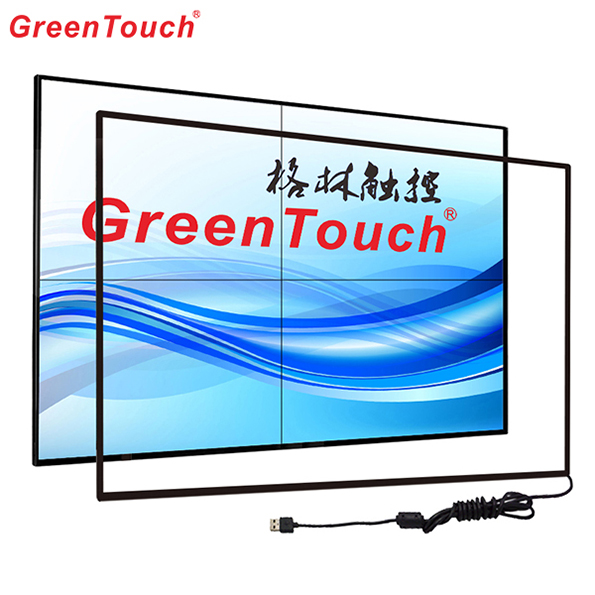
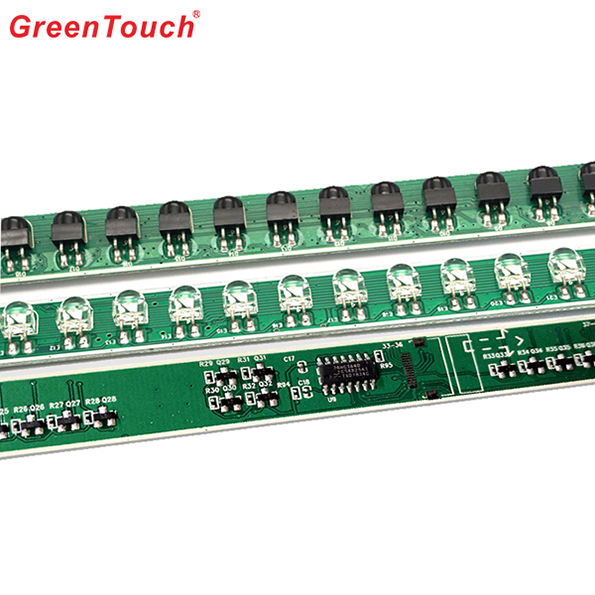
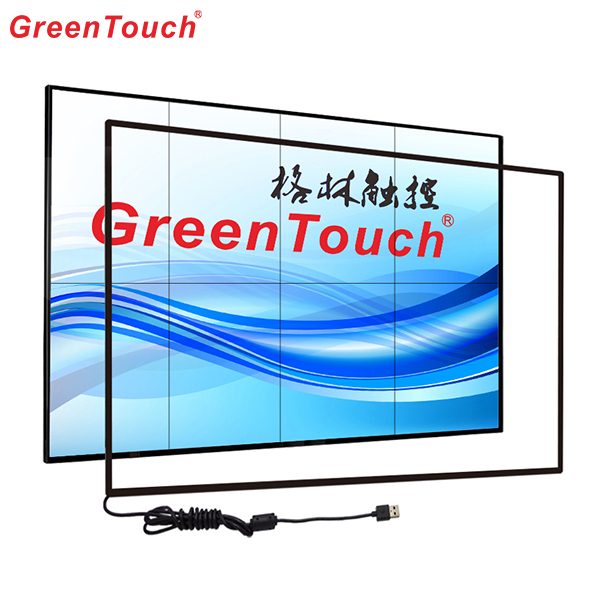
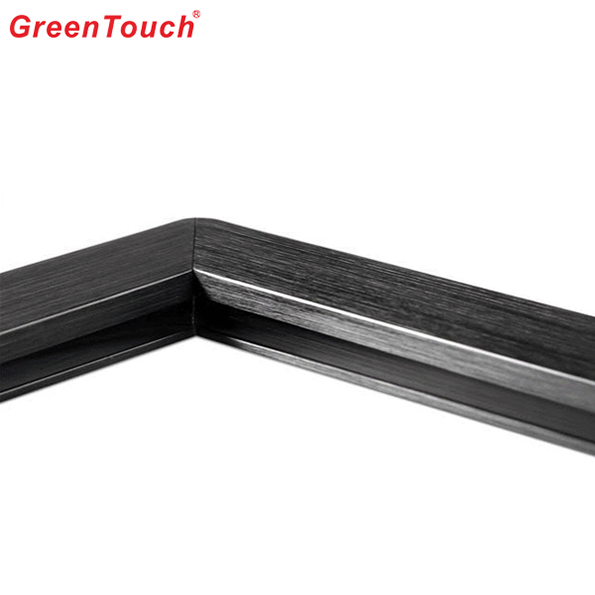

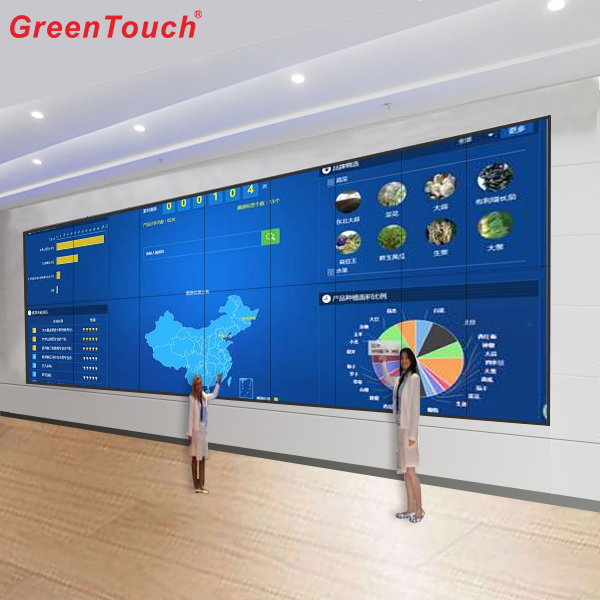
Large Infrared Touch Frame (Splicing)
Large Infrared Touch Frame,Large Splicing Infrared Touch Frame,Ir Multi Touch Frame,Led Touch Screen TV Wall,Large-size Infrared Touch Screen,LCD Touch Screen TV Wall
ShenZhen GreenTouch Technology Co.,Ltd , https://www.bbstouch.com